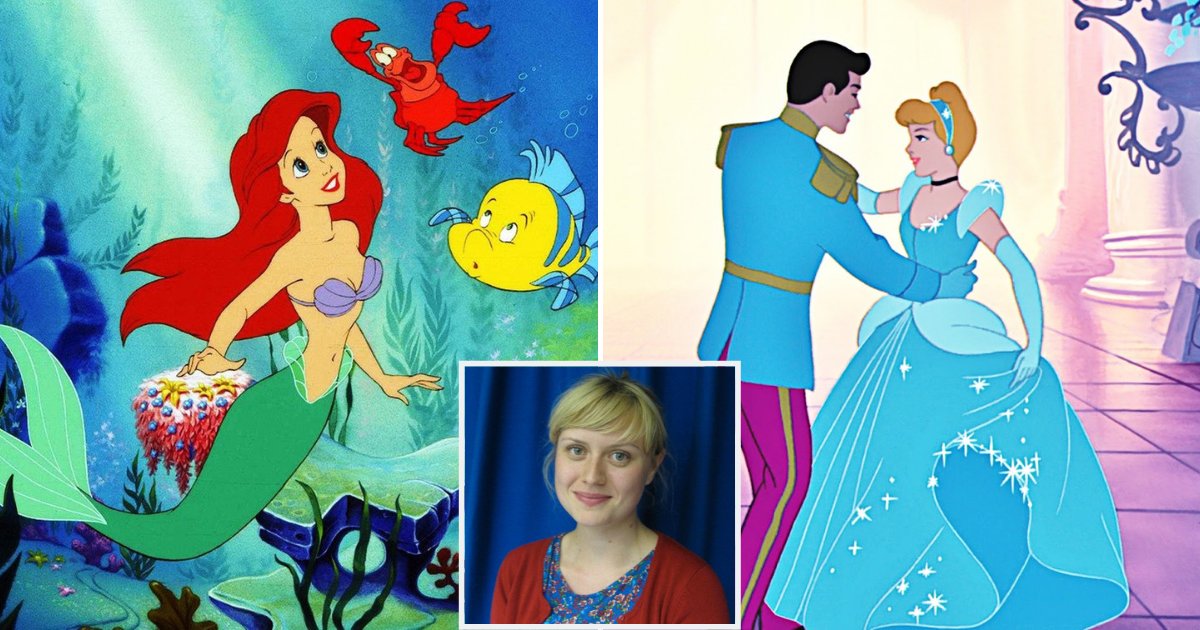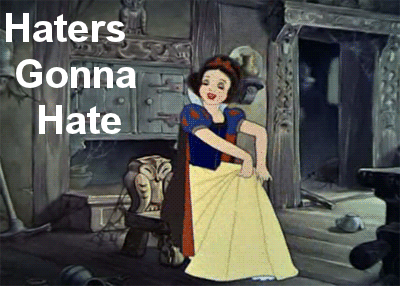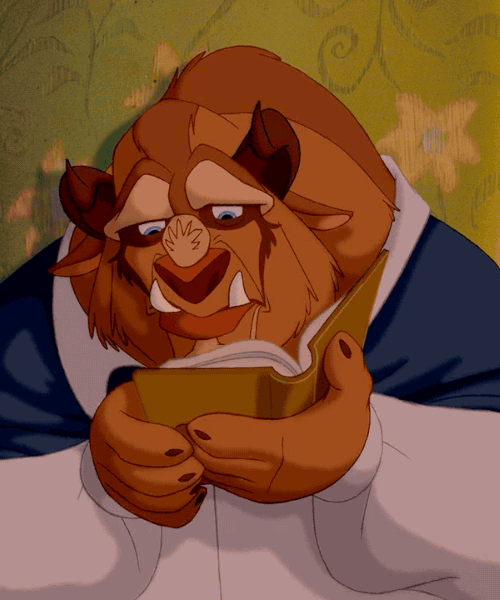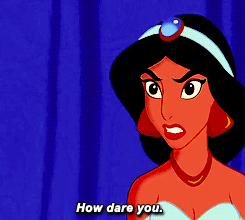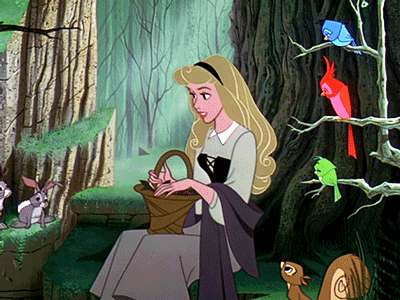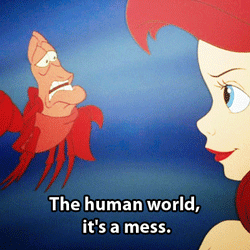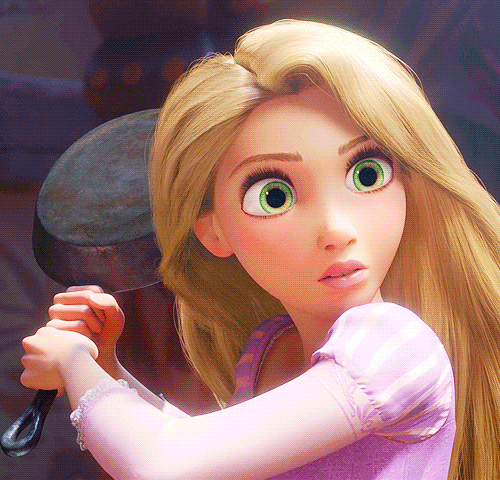Disney movies are our childhood and there is no doubt that watching Cinderella, The Little Mermaid and other Disney films bring us many good old memories.
But Disney Princesses have had a lot of bad press lately. Actress Kristen Bell revealed she doesn’t let her children watch Snow White because the prince kissed her without consent.
Before that, actress Keira Knightly banned her 3-year-old daughter from watching The Little Mermaid and Cinderella, saying those films do not portray strong women.
Dr. Laura Coffee-Glover, a lecturer in Linguistics, and Dr. Victoria Cann, a lecturer in Humanities, expressed their views.
Speaking about Snow White (1937), Dr. Cann said: “This is less about Snow White and more about the jealousy of an older woman towards a younger one. It sets up the idea of female rivalry and sends the idea that an older single woman can never be happy.”
She added: “The dwarves have jobs and personalities. But because they’re not tall and conventionally attractive, they never get considered as her potential love interests. Her only useful role is seen cooking and cleaning for the Dwarves.”
Dr. Coffee-Glover also said that Snow White set up unrealistic expectations for small girls. “They are portrayed as helpless characters who wait passively to be swept off their feet.”
When it comes to Beauty and The Beast (1991), Dr. Cann said it has the most worrying message of all. “This is the most dangerous because the Beast always feels on the verge of violence.
“What it shows is a classic case of Stockholm Syndrome, where the captive falls in love with their captor to ensure their survival. It also gives the unnerving idea that if a woman perseveres long enough, she can change an angry partner.
“At the end, the beast then turns into this blonde-haired white man for another happy ever after, giving the idea that now he’s good looking, he can’t possibly be angry or threatening.”
Talking about Aladdin (1992), Dr. Cann believes that the film promotes racism. “Princess Jasmine is feistier as a princess. But she is still portrayed as a possession of wealthy, powerful men.
“Dress-wise, she is basically in a bikini top to show off her very slight stomach which seem to be an attempt by white film-makers to make the dress of Middle Eastern women look more exotic and sexual.”
Dr. Cann also said skin tone “is a really important concept for how good and bad come to be represented in films.
“It’s the same in another Disney film, The Lion King, where the Scar, the evil lion, is a darker colour than the good lions, like Mufasa. This can be especially damaging to the self-esteem of people with darker skin tones.”
It may be hard to decipher but Dr. Cann claims Sleeping Beauty (1959) promotes anorexia. “Aurora can only be woken up by the true love’s kiss of a prince, which sets up the idea that once you find the person you are supposed to be with, everyone lives happily ever.
“Sleeping Beauty is also a case of glorified thinness – it’s impossible to have a waist that small.
“Studies have shown that when little girls are shown ideals that they have no chance of living up to, it can be damaging for how they feel about their worth.”
Like the movie Snow White, Aurora is also kissed while she is asleep. “There’s definitely a question of consent in these films,” Dr. Cann added.
Explaining why The Little Mermaid (1989) is bad for children, Dr. Cann said: “The premise of the film is that it’s OK to abandon your family, drastically change your body and give away your voice to get your man.
“Ursula, the sea witch, is another case of an evil woman being portrayed as older or less conventionally attractive. The message is that you can’t be a single woman without being jealous or unhappy.”
Dr. Cann also claims that Cinderella (1950) promotes gold diggers, saying: “The message here is that if you’re beautiful enough, a rich man might fall for you and take you to live in luxury.
“The film also encourages the idea that how you look and dress is what’s most important about you. Before she has fine clothes, Cinderella is invisible.”
Dr. Cann advised: “There’s no need to ban kids from seeing Disney movies, but maybe wait until they are little older to show them the older films. Then use them as a way to raise some questions about what they see there.
“The Disney films can be a great way to teach media literacy.”
Dr. Coffey-Glover agreed, saying: “I’m not saying that we should necessarily boycott Disney films, just that it’s important we encourage our children to consume them with a critical eye.”
What’s your take on this? Let us know what you think in the comments section and SHARE this with your friends and family!
Recommended Video –”Black Panther Drawing From Marvel Movie”


